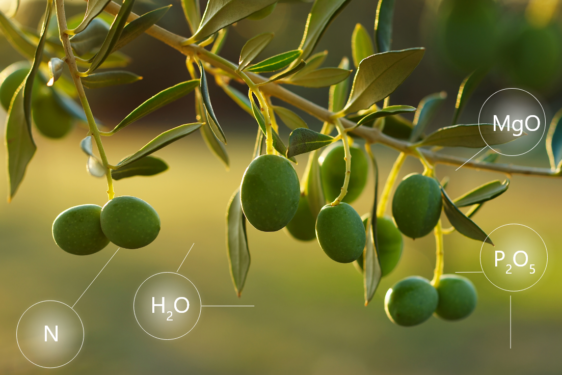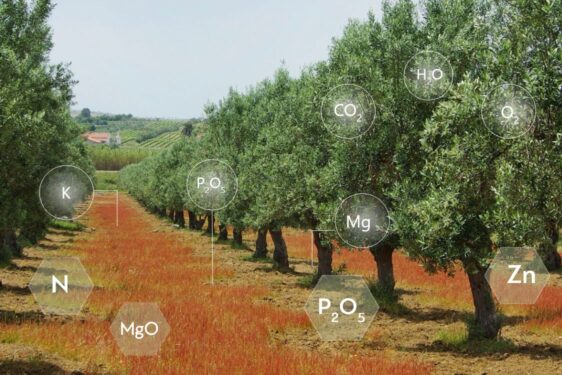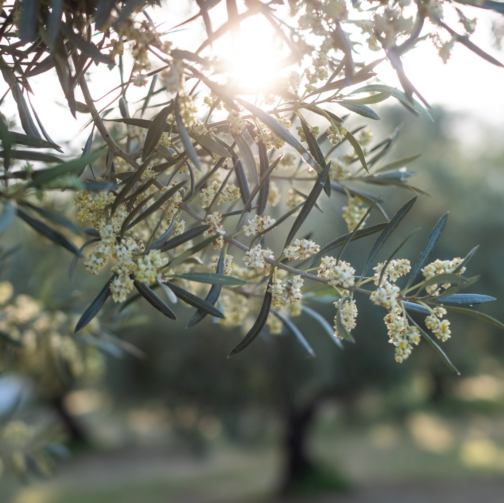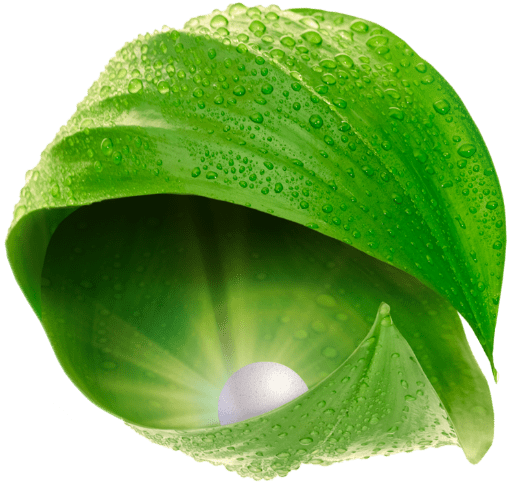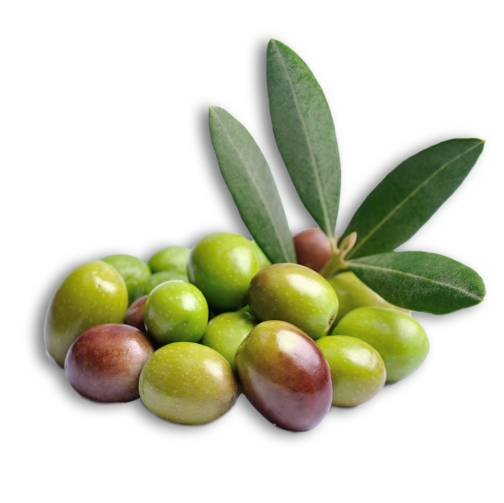
Olive tree
The Olive Tree (Olea Europaea L.)
It is a perennial, subtropical, evergreen and anemophilic plant. The height of the tree can reach 15 – 20 m and its lifespan ranges from tens to hundreds of years. It is a tree that is adaptable to dry and hot conditions and a wide range of soils.
However, rational nutrition and balanced irrigation are factors which have a significant influence on its growth.
The main products produced are olive oil and table olives. Olive oil has been used since ancient times as a basic component of the Mediterranean diet, since it is a rich source of energy (9,3 kcal/gram), with significant benefits for human health. The ideal ratio of saturated and monounsaturated fatty acids, the good relationship between vitamin E and polyunsaturated fatty acids, the high content of antioxidant compounds, linoleic acid (>10%) and hydrocarbons that help human metabolism, are some of the characteristics of olive fruit that give it a special dietary value.
The olive is cultivated on a large area in the regions of Greece (60% of the total cultivated area), employing a large part of the rural population, with an average yield of 300 kg/stremma.
Adaptability
The olive tree grows and bears fruit satisfactorily on a wide range of soils. However, it performs significantly better on sandy-clay soils (SC) and neutral to slightly alkaline soils (pH 7-8). In addition, it is moderately resistant to soil salinity. It adapts well to moderate winter temperatures, while temperatures below – 7 °C are detrimental. Cold acts as a factor in preventing dormancy. In addition, it is a highly drought-resistant tree, with maximum growing temperatures of 40 – 42 °C. In general, it requires hourly temperatures of 10 – 13 °C.
For excellent growth and maximum utilisation of the genetic potential of olive trees, it is essential that their nutrient requirements are met at the right stage and in the ideal quantity and proportion.
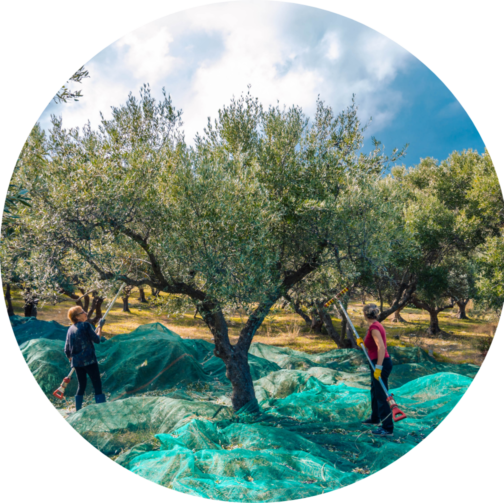
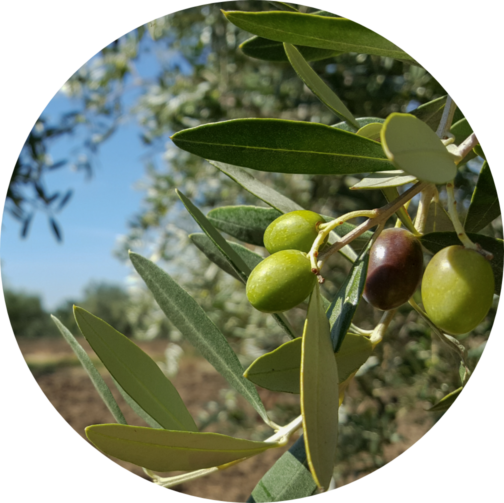
Particular characteristics
The rational nutrition of the olive tree is one of the most effective ways to increase its growth and productivity. A rational nutrition programme should aim to optimize inputs, increase yield and quality, while protecting the environment, soil fertility and crop viability.
Under normal conditions, the annual biological cycle of the olive tree is divided into the following stages:
- Winter dormancy (suspension of vegetative growth).
- Vernalization (effect of low temperatures on the differentiation of buds).
- Differentiation of buds from mid-winter onwards.
- Initiation of new germination and flowering.
- Initial fruit development.
- Hardening of the kernel.
- Summer dormancy (suspension of vegetative growth).
Nutrition products applied in the right amount, at the right phenological stage, with the ideal formula, enhance important cultural factors such as the development of flowering shoots, sink-source relationship, enhancement of photosynthetic activity and adequate coverage of nutrient requirements.
In addition, in combination with careful pruning, rational fertilisation mitigates the phenomenon of alternate bearing (the phenomenon in which a year of high production is followed by a year of low yield), thus ensuring normalisation of production from one year to the next.
However, before applying fertiliser, it is advisable to have precise knowledge of both the physico-chemical properties of the soil and the results of the foliar diagnostic analysis.

